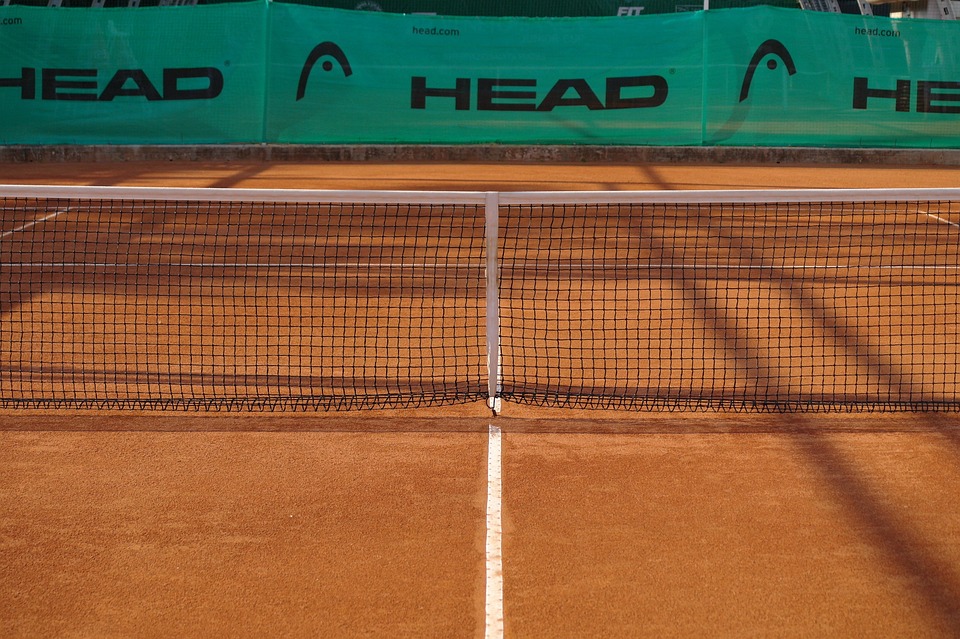Tennis is a sport that has evolved over centuries, and with it, so has its technology. The game of tennis has undergone many changes in equipment and technology over the years. Before modern, high-tech rackets, players used wooden rackets, and scoreboards were manual. Today, we have digital scoreboards, composite rackets, and high-tech equipment at our disposal. In this article, we will look at the evolution of tennis technology, from wooden rackets to digital scoreboards.
The Evolution of Tennis Rackets
Tennis was initially played using wooden rackets, and it wasn’t until the 1960s that metal rackets came into the picture. The first-ever metal racket came from Wilson, while the first graphite racket was produced by Head. In 1990, the first oversized racket was produced, and in 1997, the first titanium racket was produced, which improved power, stability, and durability.
The Composite Racket
Composite rackets are the result of years of technological advances, and they are currently the most popular racket type. Composite rackets are made of a mixture of graphite and other materials such as kevlar or boron. These materials make the rackets light, durable, and significantly improve their strength-to-weight ratio. These rackets have larger striking surfaces and a higher sweet spot, which allows for powerful hits.
The Evolution of Tennis Strings
Just like the tennis racket, the tennis string has undergone significant changes. The strings used to be made of natural gut, but modern tennis players use synthetic strings made of various materials, including polyester, aramid, and nylon. The first synthetic strings were made in the early 1960s and were used by champion Billie Jean King.
The Electronic Line Calling System
The electronic line calling system is a technology that has transformed how tennis is played and judged. The system was first introduced in professional tennis in 2006, and it has since been used in several Grand Slam tournaments. The system uses cameras to track the ball’s movement, and it can accurately determine if a ball is in or out of play, eliminating human error.
The Use of Hawk-Eye
Hawk-eye is a system that uses computer software to track a ball’s path and predict its movement. The tool allows players to challenge a line call confidently, and it has been a game-changer in professional tennis. Players are given challenges per set, and if their challenge is successful, they are not docked a challenge for the set.
The Digital Scoreboard
The evolution of the digital scoreboard has revolutionized tennis. In the past, scoreboards were manually operated, and players had to rely on umpires to inform them of the score. The digital scoreboard is a tool that displays the score on a screen in real-time, making it easier for players and spectators to keep track of the score.
The Electronic Tossing Coin
In 2019, the electronic tossing coin was introduced to the Australian Open, which helped reduce the chances of bias or cheating. The coins are programmed to land randomly, and the system has been a welcome addition to the tennis world.
The Tennis Wear
Tennis wear is another critical aspect that has undergone significant technological advancements. In the past, tennis players wore cotton and polyester shirts, which were uncomfortable and absorbed sweat. Today, players have access to advanced materials that wick away sweat and keep them cooler on the court. The materials used for tennis shoes have also undergone changes, providing better support, and reducing the risk of injury.
Conclusion
The evolution of tennis technology has revolutionized the game. From wooden rackets and manual scoreboards to digital scoreboards, composite rackets, and line calling technology, these innovations have helped tennis players play at their highest level. Thanks to technology, the game of tennis is not only a game of skill, but also a game of science, and it will continue to amaze and inspire us in the years to come.

